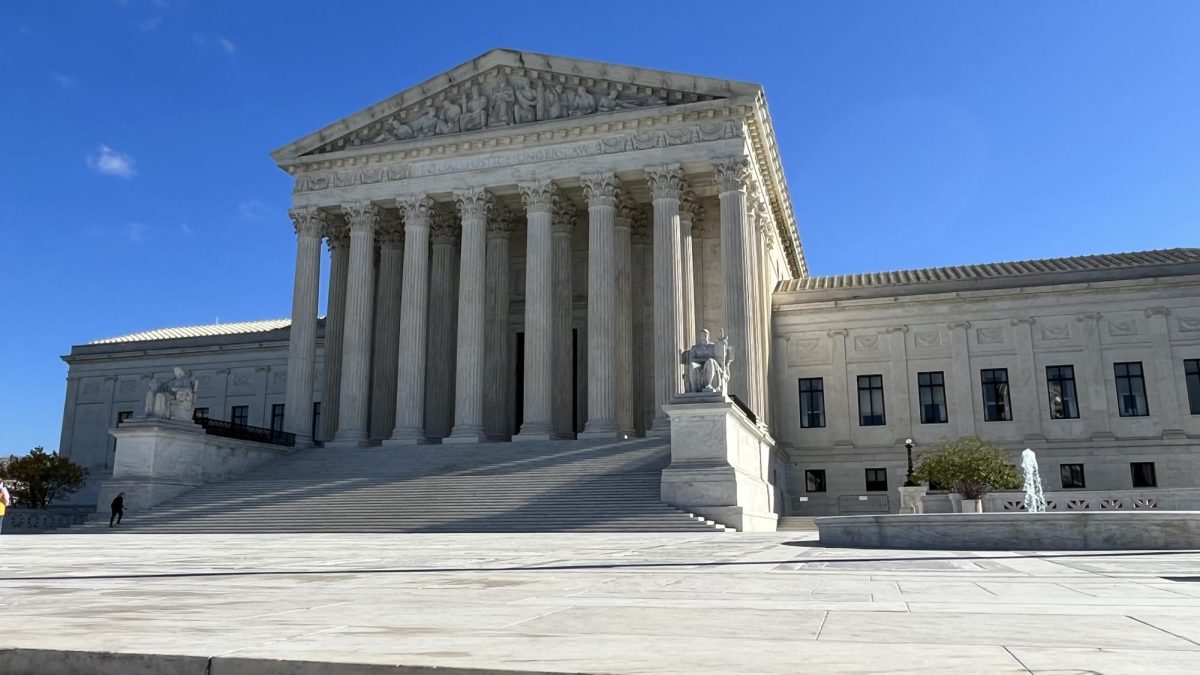As commercialization reached a peak this past November at Yosemite National Park due to a $60 million construction project, environmentalists are fervently fighting to stop the project to preserve the natural state of the park. The campaign to preserve Merced River, the site of the construction project, has ignited a heavily publicized court battle over the future of development in Yosemite National Park’s most popular stretch. The debate centers over how to balance preservation with access to public lands. As long as all further commercialization ceases, there is no reason national parks should not be open to the public.
The park’s current plans for commercialization are damaging Yosemite for future generations. These development plans would draw in greater numbers of visitors, thus threatening the Merced’s fragile ecosystem. But it is the crowds themselves that are threatening the waterways and the very preservation of Yosemite. The prohibition of construction projects of such great magnitude will allow the continued use and enjoyment of national parks with the least destruction. Furthermore, the costs of park upgrades would be passed on to visitors in the form of price hikes for hotel rooms and campsites, turning Yosemite into a playground for the rich.
Even among environmentalists, however, there is heavy discussion over the best way to minimize the human footprint. Some believe that cars, for example, should be kept out entirely, while others say visitors should have to make reservations in advance.
The court’s ruling will not only affect Yosemite National Park, but have tremendous implications for other parks and the public who enjoys them. The ruling could force the National Park Service to not only limit the number of people allowed into Yosemite each day, but all national parks across the country.
Given the dual intrinsic and economic value of national parks, the battle between conservation and public access will likely continue. Although we will never be able to completely eliminate the detrimental human impact on national parks, by stopping economically driven projects we can secure the future of these natural gems.










